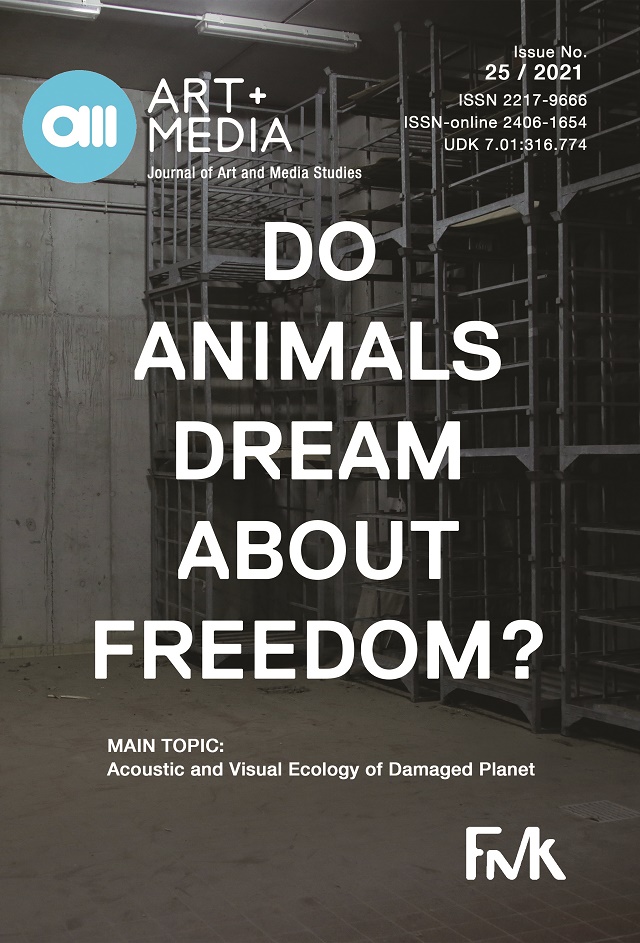Translating Slow Violence: The Use of Environmental Data in Art as Un-Forecasting
Translating Slow Violence: The Use of Environmental Data in Art as Un-Forecasting
Author(s): Atsuhide ItoSubject(s): Visual Arts, Aesthetics
Published by: Fakultet za medije i komunikacije - Univerzitet Singidunum
Keywords: environmental data; slow violence; citizen science; contemporary art.
Summary/Abstract: This paper explores the potentiality of environmental data translation into affective artistic experiences. Slow violence in the environment is imperceptible and requires techniques of translating it into visual and sonic experiences. In the process, environmental data is used as a currency for translation. Shoshana Zuboff in The Age of Surveillance Capitalism discusses data collection is integral to a surveillance society, yet, data, when given back to citizens, can empower them, and in such a scenario, artists can play a crucial role. By discussing examples of contemporary artworks, the paper observes how ecological situations are captured as data and translated into affective experiences. Environmental data, however, is used also to speculate, predict, and even determine potential scenarios to happen in the future, as in the case of the weather forecast, and used to eliminate uncertainties. This paper argues that art helps make environmental data widely accessible, and suggests an alternative passage from predetermined scenarios speculated from data collection.
Journal: AM Časopis za studije umetnosti i medija
- Issue Year: 2021
- Issue No: 25
- Page Range: 39-48
- Page Count: 10
- Language: English

